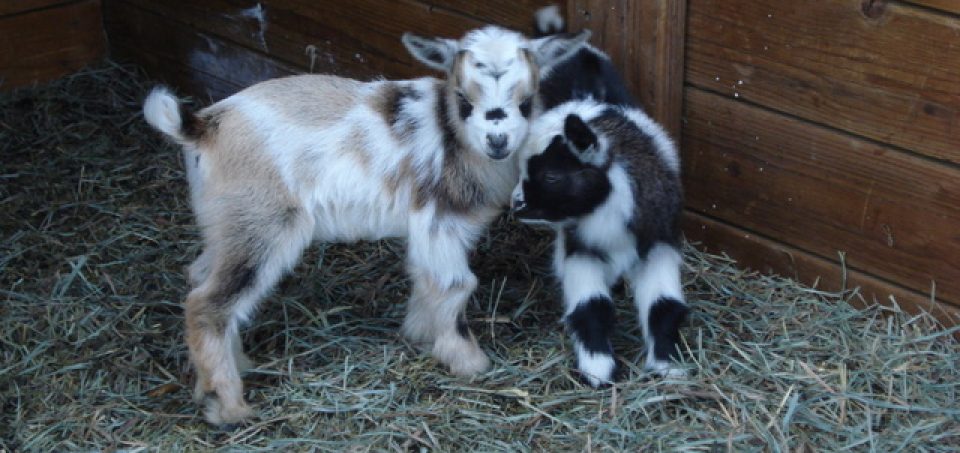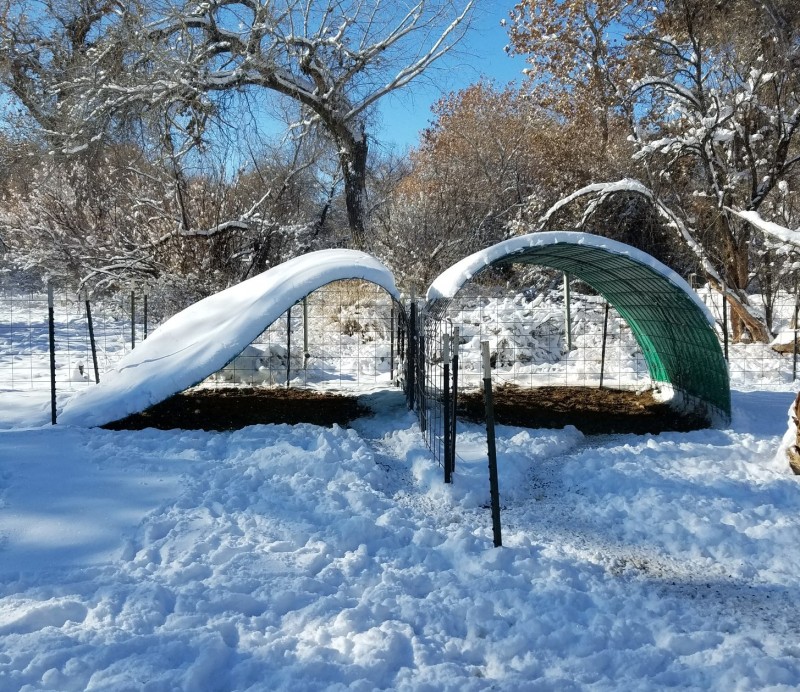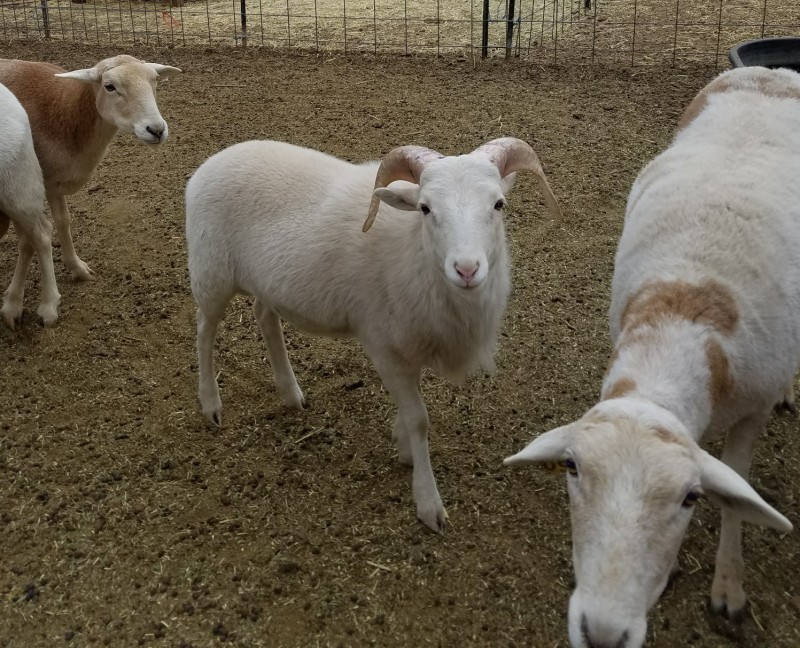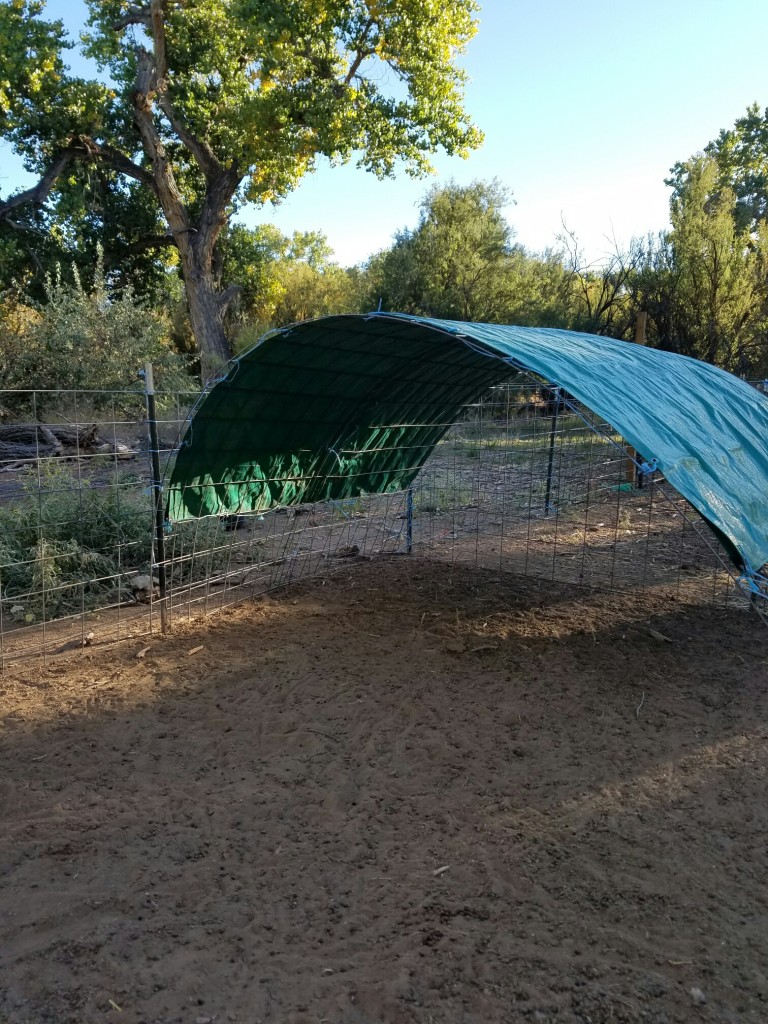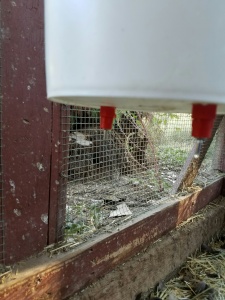I previously mentioned that going into this year I was still uncertain as to the future plans for the farm. After having spent the last week dragging myself out of bed to attend to the livestock, I have made a decision about the farm.
Fix, my young English Shepherd, turns two tomorrow. He is an exceptionally nice dog – very good structure with effortless movement and a wonderful temperament. However, while he has shown a lot of potential as a working dog, he has been very slow to mature. While this was not a problem when I had Tuck and I could afford to wait for Fix to grow up and develop into a useful chore dog, Tuck is no longer around and I can’t wait any longer. Fix on his good days (i.e., when his brain is engaged) has proven to be a useful dog. However, Fix, as is the case with most adolescent males of any species, lacks focus and all too often will start a task and then find something different to engage his focus. Losing focus while moving stock in open spaces can be, and often is, disastrous. So, while there are some tasks that Fix can do, and does, on a regular basis, there are other tasks where I no longer even try to use a dog. The bottom line is that I can no longer effectively and easily raise sheep.
Since losing Tuck last June, I have been looking for another working English Shepherd. After many frustrating months of no prospects, a friend found a litter in Virginia that had potential. Unfortunately, based on her evaluations of the puppies at 5 weeks and 7 ½ weeks, it appeared that while the litter was very nice, it was unlikely that there was a puppy to suit my needs. Finally, in desperation I turned to looking for a litter of working bred Australian Shepherds and found a litter on the ground in Texas from a very well known breeder. After committing to putting a deposit on a puppy, I returned to my search for an English Shepherd, figuring if I could find what I wanted before picking up the puppy I could eat the deposit. After more e-mails with English Shepherd breeders I have finally faced up to the bitter truth – the majority of English Shepherds today are not working dogs and those few breeders of proven working English Shepherds are breeding a dog too large for my purposes. Over the years I have run cattle, hogs, sheep and goats, not to mention the turkeys and chickens, on my farm and never once in all that time have I ever wished for a larger dog than I had. Since it is important to me that I am able, if necessary, to pick up and carry an injured dog, a 60-70 lb dog is just not viable.
I had contemplated getting rid of the sheep when I lost Tuck but several friends discouraged me from making any decisions while I was still grieving Tuck. In hindsight, I should have followed through and off-loaded the sheep last year, but I plan on rectifying that mistake this year.
As soon as it is feasible, all of the sheep, and half of the goats, will be off the property. I will make a final decision about the remaining goats at the end of this year when the milk test I started in February is concluded.
I will no longer need a working dog so I can pass on the puppy and Fix can grow up at his own speed. Este es el fin
